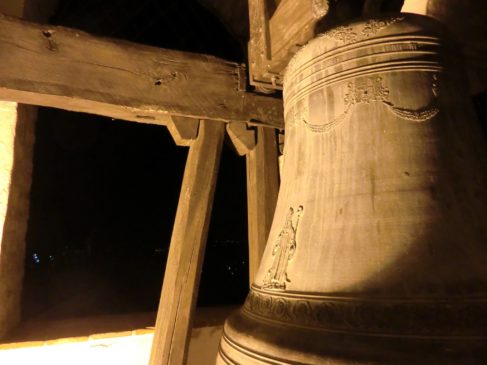Once in the countryside, in Umbria or wherever, close your eyes and enjoy the sounds that your eyes don’t allow you to hear and feel a lost sound landscape.
We live in a world of sounds that surround us in our daily lives, creating a musical background, noisy or pleasant, which we sometimes forget to perceive. Sight is the most immediate sense, to which we assign the most important role in our relationship with what is around us. But in addition to what we can look at, observe, or even just simply see, there is a universe that offers itself continuously and that we often neglect: a body of sounds and noises that characterize our time, defining it, making us understand that we are here and not elsewhere, that we are in this time and not in another. In other words, a landscape invisible to the eye, but that “speaks” to us: a sound landscape.
Think of the chaotic noises of our big cities, the chirping quiet of the countryside, the silence of the villages, the sometimes muffled, sometimes ringing routine of our homes. Each place has its own characteristic soundtrack: the sound that determines a space.
Moreover, you can be sure that it is not only the space that is defined by the sounds that act on it: changing with the advance of history, they also frame time. We can easily imagine how the noises, for example, of an Italian medieval city, were different from what we perceive today.
If we try to immerse ourselves, with the imagination, in the medieval context, we will find a teeming and noisy city life, made of chaotic, involuntary sounds, insignificant for its inhabitants, but characteristic of the period. However, in addition to these, we will encounter the most influential example of non-verbal communication of all time: the sound of the bell.
The image is evocative: the bell, with its tolls, accompanied the life of medieval men. It marked the hours of prayer, it called citizens to rites and ceremonies, thus reminding us of its religious origin. However, over time, it became something more: it acquired civil functions and really entered, in this way, into the daily life of the inhabitants of the city. The messages it conveyed were manifold: from the scan of the day and night to the alarm function, from the notice of convocation of public assemblies to the announcement of the curfew. Its fundamental role is also evidenced by the fact that it was a reason for challenge among the cities: the race to possess the largest bell was open and that it felt as far as possible, up to the countryside, to symbolize the domination of the urban center on the surrounding environment. The bell had become the first actor in the soundscape of the medieval Italian city.
Although we are used to completely different sounds today, we can still find clear evidence of the prominent role that bells have played in our past: Italy is the country of bell towers and every village, even the smallest, would be distorted if not had its own bell. It is precisely in this context, that of the small villages, that we can still find this kind of sound landscape and hear the bells marking the hours, to be catapulted into a suggestive past, on which our identity is founded.



